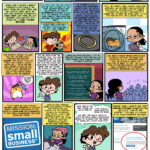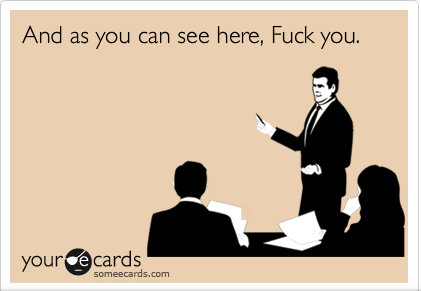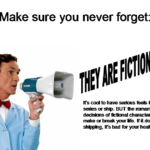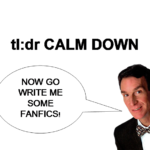OMG I want to be involved. Everyone go vote. <3
Month: June 2012
“This kid had lost his dad in the crowd, and freaked out until he saw the Flash and Wonder Woman. He went up to the Flash to ask for help, because he knows him.”
This is one of the greatest things I ever heard of and seem. It’s really cool and I like this picture.
omg so precious ;______; <3
Guess who keeps forgetting to set up a tumblr queue with all of the sketches I have sitting here, collecting dust?
ME.
But here’s a Tepig drawn with highlighters and pen.
Guess who keeps forgetting to set up a tumblr queue with all of the sketches I have sitting here, collecting dust?
ME.
But here’s a Tepig drawn with highlighters and pen.
person: hey wanna hang out
thoughts: omfg how do i get myself out of this
i-might-rap-like-an-english-chap:
If your boyfriend/girlfriend lives 8+ hours away (or in a different country!!) they are NOT your boyfriend girlfriend. Your relationship isn’t real! And you’re not going to make.
It’s sad that people are so desperate for human companionship that they resort to these pseudo-relationships. Get some self respect…and maybe some real life friends.
Fuck you.
Fuck you. Fuck you. Fuck you. Fuck you. Fuck you. Fuck you. Fuck you. Fuck you. Fuck you. Fuck you. Fuck you. Fuck you. Fuck you. Fuck you. Fuck you. Fuck you. Fuck you. Fuck you. Fuck you. Fuck you. Fuck you. Fuck you. Fuck you. Fuck you. Fuck you. Fuck you. Fuck you. Fuck you. Fuck you. Fuck you. Fuck you. Fuck you. Fuck you. Fuck you. Fuck you. Fuck you. Fuck you. Fuck you. Fuck you. Fuck you. Fuck you. Fuck you. Fuck you. Fuck you. Fuck you. Fuck you. Fuck you. Fuck you.
Holy shit what an asshole. In 8th grade I dated a guy online for a year, which is considerably longer than most high school relationships (that are, you know, not online). Fuck off. Online dating is just as ‘real’ as other ~relationships~.
i love when people say this bc i can gesture to all my friends that married their long-distance partner and are still together
It’s funny that you call it ‘resorting’ when people who do this are actually choosing the one they feel most strongly about over the ones who are simply nearby.
Also, fuck you and your sorry, bitter existence. I hope your boyfriend or girlfriend (if you ever have one with this hideous outlook on love) has to move across the world and then I’ll be right there telling you how much they’re NOT dating you when they’re over 8 hours away. Seriously, fuck you.
wow fuck you
i cant
even say anything just
fuck you
ROFL some people. Geez. I had three online relationships before I met the guy who eventually became my husband. And guess where I met him? ONLINE. 🙂 We dated over the internet for more than a year before he came to visit me, and it was another year and a half after that before he moved here. This saturday will be our 10th anniversary of being a couple and we couldn’t be happier.
My dad at 29, me at 2 weeks. Me at 29, my boy at 2 weeks.
this has got to be the best thing i have seen on tumblr so far, i love this way too much.
omg precious ;____; <3
what is going on here I just what is this
I don’t understand but I think I love it
yes, yes!














